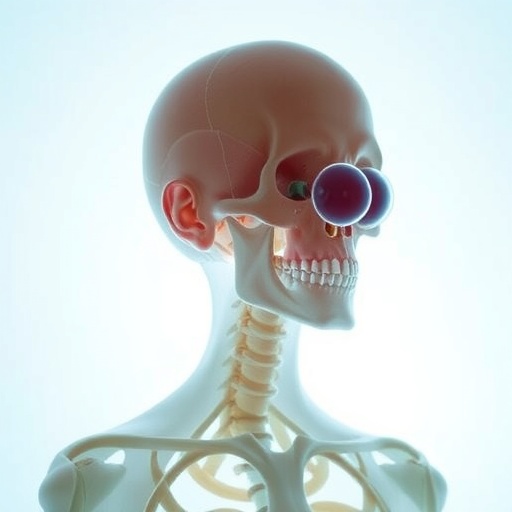Bottom Line: A panel of 19 microRNAs identified using next-generation sequencing could categorize indeterminate thyroid nodule samples into malignant and benign.
Journal in Which the Study was Published: Cancer Epidemiology, Biomarkers & Prevention, a journal of the American Association for Cancer Research.
Authors: First author Haggi Mazeh, MD, FACS, chief of surgery, Department of Surgery, Hadassah-Hebrew University Medical Center, Mount Scopus, Jerusalem and senior author Iddo Ben-Dov, MD, PhD, Department of Nephrology and the Laboratory of Medical Transciptomics, Hadassah-Hebrew University Medical Center.
Background: "Thyroid nodules are extremely common and occasionally harbor cancer," explained Mazeh. "Patients who undergo evaluation of thyroid nodules often receive ambiguous results, and there are currently limited options for further management, representing a clinically unmet need."
Patients with suspicious thyroid nodules often receive fine needle aspiration biopsy (FNAB) to facilitate the diagnosis of malignancy. However, roughly 30 percent of patients who undergo this procedure encounter indeterminate results, noted Mazeh. He added that current molecular testing methods to analyze indeterminate thyroid nodules are often expensive and do not have the desired sensitivity and specificity.
Previous work conducted by Mazeh and others identified several microRNAs with altered expression in thyroid cancer. However, the specific role that these microRNAs play in cancer development and their diagnostic utility have yet to be elucidated, explained Ben-Dov.
MicroRNAs are short non-coding RNAs that regulate cell function and play a role in cancer development.
How the Study Was Conducted: To develop the microRNA panel, Mazeh and colleagues analyzed biopsies from 102 patients undergoing thyroidectomy. Once the thyroid gland was removed, ex-vivo FNAB was performed on the thyroid nodules, resulting in 274 total biopsies. Samples were categorized as benign (71 percent) or malignant (29 percent) based on pathological diagnoses, and RNA was isolated from the biopsied tissue and analyzed via deep sequencing to reveal the types and quantitites of microRNAs present.
Results: Following sequencing, Mazeh and colleagues detected 279 microRNAs in the thyroid nodules; of these, 19 had significant differential expression between the malignant and benign samples and were chosen for the diagnostic panel.
"Many of the microRNAs identified in our panel have been noted to promote thyroid cancer proliferation, migration, and invasion, while some inhibit the proliferation of thyroid cancer cells and induce apoptosis," noted Ben-Dov.
Utilizing the microRNA diagnostic panel, Mazeh and colleagues analyzed 66 biopsies from 35 patients with indeterminate pathology and found that 22 patients had malignant thyroid nodules, while 13 patients had benign thyroid nodules. Of the patients with malignancy, 15 patients were diagnosed with papillary thyroid cancer, and seven patients were diagnosed with follicular thyroid cancer.
The sensitivity, specificity, negative predictive value, positive predictive value, and overall accuracy of the diagnostic panel as compared to the gold standard pathology were 91 percent, 100 percent, 87 percent, 100 percent, and 94 percent, respectively.
Author's Comments: "Our results provide a refined list of candidate microRNA for diagnostic use, and confirms the perception that microRNA quantification is a promising form of molecular pathology," said Mazeh. "Further studies are needed to test the clinical utility of this approach in prospective patients."
Study Limitations: Limitations of the study include the use of ex-vivo FNAB biopsies, which is not an exact equivalent of the standard clinical utilization of FNAB. Furthermore, this was a single center study and should be validated in additional locations, Ben-Dov noted.
###
Funding & Disclosures: This study was sponsored by the Israel Cancer Association, the I-CORE Program of the Planning and Budgeting Committee, and the Israel Science Foundation. The authors declare no conflict of interest.
Media Contact
Julia Gunther
[email protected]
215-446-6896
@aacr
http://dx.doi.org/10.1158/1055-9965.EPI-18-0055




